
Subway is the largest fast-food chain in the US and in the world. The American privately-held restaurant franchise is famously known for selling submarine sandwiches (subs) and salads.
First opened in 1960, Subway quickly expanded in the following decades and as of October 2019, had stores in 41,512 locations in more than 100 countries with more than half of the stores in the uS only.
It also is the largest single-brand restaurant chain, and the largest restaurant operator, in the world
In the past few years, Subway restaurants have been dealing with growing pains and declining sales. All these issues have resulted in closing of hundreds of stores in the US.
Before we get to know who are the top competitors of subway, check out these interesting facts about the company.
The first subway was called Pete’s Super Submarines and in 1968 the founders rebranded the shop and renamed it Subway.
In the 1990’s and early 2000’s, weight and health became a priority, so Subway positioned itself as a healthy fast-food option. In 1997, Subway came up with a campaign that promoted it’s seven low-fat sandwiches and compared them to other fat-food chain’s unhealthy options.
The company had a series of downfalls after 2014, which prompted the company to close a huge number of stores in US and across the world.
Let’s check the top Competitors of Subway
McDonald’s:
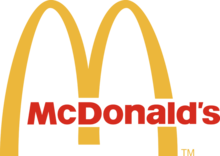
The first in the list of top competitors of Subway is McDonald’s
McDonald’s and Subway are two of the world’s largest international fast food restaurant chains. Each company possesses a strong brand and is an established name in the casual eating restaurant industry.
With 41,000+ locations worldwide, Subway beats out McDonald’s as the largest global chain. McDonald’s currently has 37,000+ locations globally.
That’s not it – There are some meaningful differences between the two brands that are beyond just the number of stores.
Ownership structure – McDonald’s is a public company whereas Subway is a privately owned company.
Investment and capital resources: Both Subway and McDonald’s use franchising in their business models but to different extents. Subway itself does not own any of its restaurants and has franchised all its stores. Whereas, McDonald’s owns 20 percent of its restaurants, with the remaining 80 percent owned and operated by independent franchisees.
Geographic segments:

With all these differences, McDonald’s still remains one of the top competitors of Subway giving a tough run for its money.
KFC:
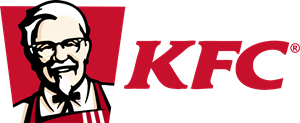
Kentucky Fried Chicken also popularly known as KFC, is an American fast-food restaurant chain headquartered in Louisville, Kentucky, that specializes in fried chicken and is second in the list of top competitors of Subway.
Measured in terms of sales, KFC is the world’s second-largest restaurant chain after McDonald’s.
DID YOU KNOW? KFC was one of the first American fast food chains to expand internationally, opening outlets in Canada, the United Kingdom, Mexico, and Jamaica by the mid-1960s
Unlike Subway, the past few years have been growth years for KFC, all thanks to the innovative business strategies of KFC like the Introduction of plant-based fried chicken sandwich and popcorn chicken in their menu in Canada.
BURGER KING:
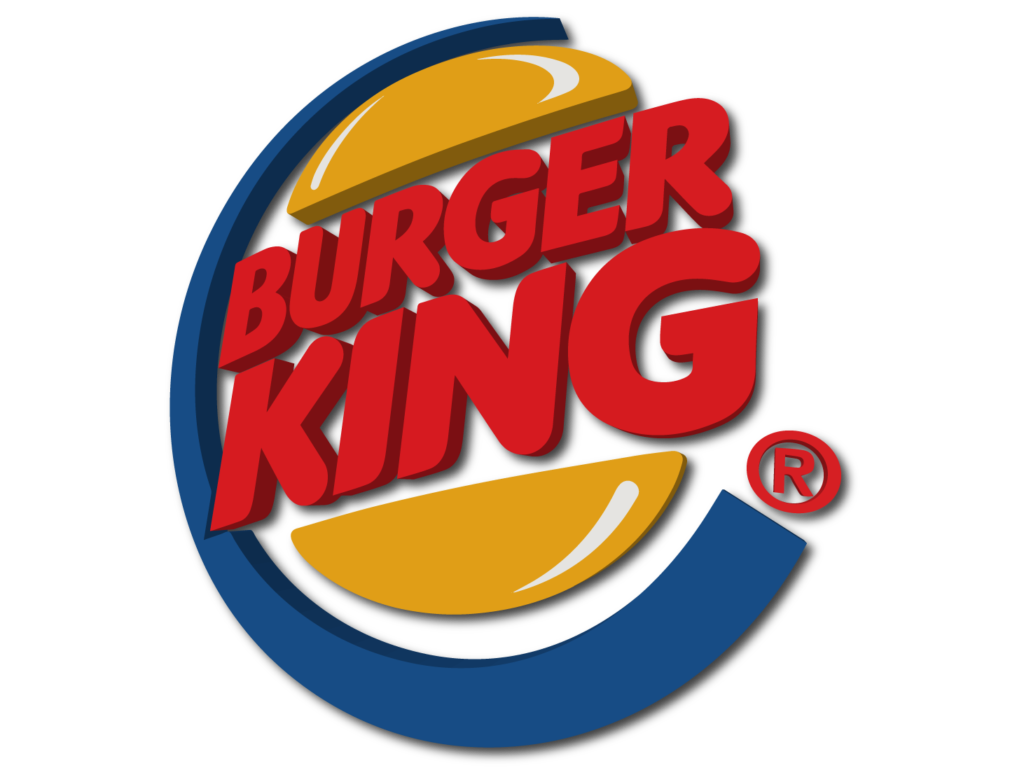
The third in the list of subway competitor is Burger King.
Burger King is another multinational chain of hamburger fast-food restaurants known best for its famous whopper, its most demanded burger, introduced first in 1957, sandwiches fries, and other food varieties.
Just like Subway, Burger King also likes to promote itself as a healthy alternative and for the same reason, it is known for offering healthier veggies sandwiches or burgers fries and other eatables.
Burger king also offers salads, submarine sandwiches, and burgers.
Change is the only constant – That’s one motto that Burger King lives by and the company is always trying out something or the other, be it revamping its stores or adding new menu items now and then, to get the biggest piece of the fast-food market share pie.
Interesting reads:
- Check out the innovative marketing mix of redbull
- Understand the SWOT analysis of Coca-cola and the marketing mix of coca-cola
- What makes the marketing mix of apple so special – Click on the link
- Take a deep dive into the marketing mix of mcdonalds
WENDY’S:

Founded in the year 1969, Wendy’s is the world’s 3rd largest hamburger fast-food with a presence in almost 6,711 locations, following Burger King and McDonald’s.
Wendy’s menu consists primarily of hamburgers, chicken sandwiches, French fries, and beverages and it’s signature Frosty, which is soft-serve ice cream mixed with frozen starches chain.
Off-late, in order to compete with its competitors and appeal to a younger crowd, the company has been revamping its menu and pushing its online promotional efforts.
In order to cater to the growing health-conscious customers, Wendy’s is planning to add new food items like organic Honest Tea drinks and a veggie to its menu.
TACO BELL:
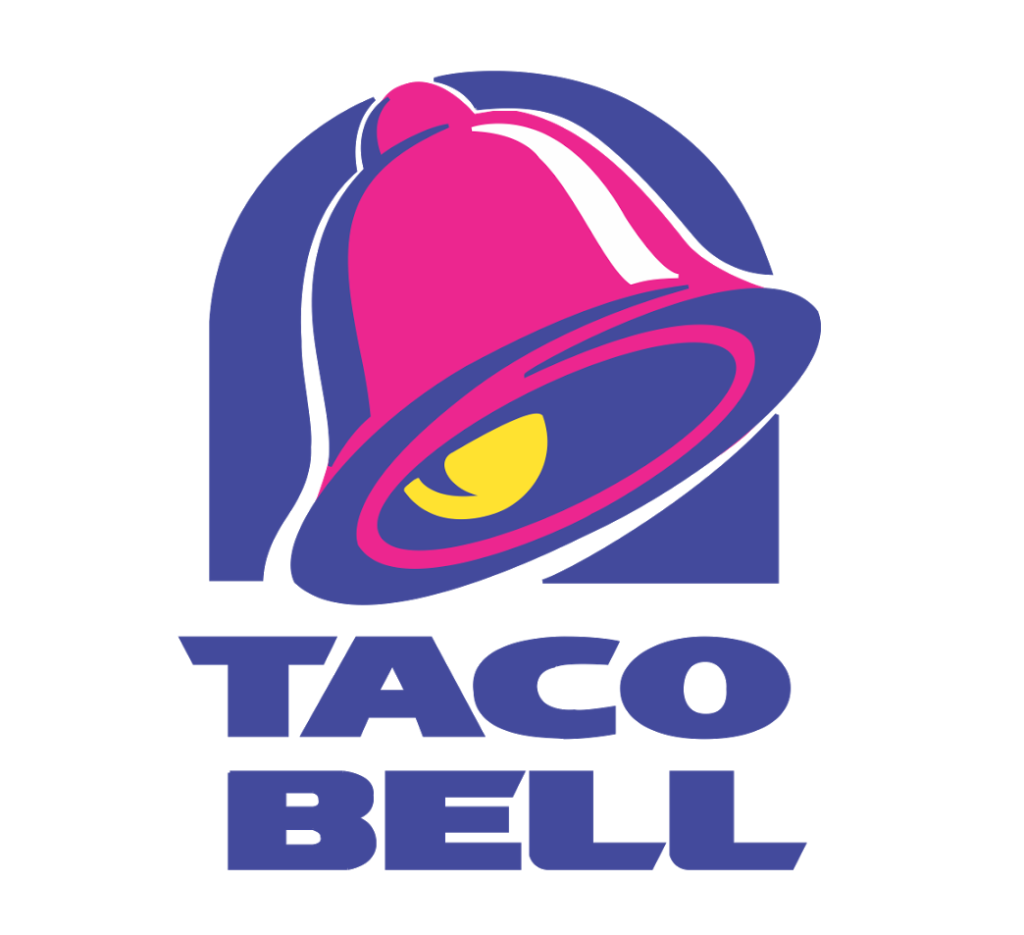
Taco Bell is another American chain of fast-food restaurants that serve a variety of Mexican inspired foods that include tacos, burritos, quesadillas, and nachos with a presence in around 7,000+ locations.
When one thinks of fast food, healthy is not an adjective that comes to mind, but not with Taco Bell. Over the years, the company has been working on providing American customers with healthier food options.

Taco Bell has also introduced low-calorie meals with the Fresco style new menu, and an entire vegetarian menu that has items approved by the American Vegetarian Association.
Not just the changes in menu items, Taco Bell has made changes in the quality of products that they offer. The company has switched over to cage-free eggs,cut out artificial ingredients, and have reduced sodium by 15 percent across the board.
STARBUCKS:
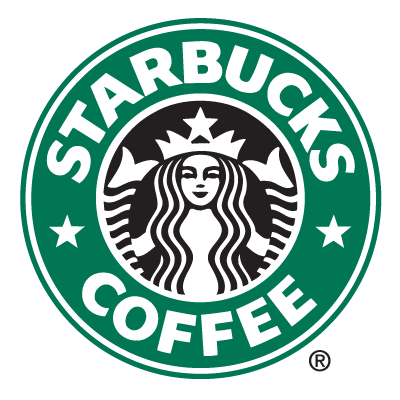
A popular American coffee brand, Starbucks, founded in the year 1971, operates over 30,000 locations worldwide.
Described as the main representative of the “Second wave coffee“, Starbucks has always maintained its competitive advantage through its product innovation. Relaunching pumpkin spice latte, one of the seasonal favorites at Starbucks, was one such move that the brand took to provide its customers what they once loved.
Starbuck’s adaptability and flexibility to change itself to customers changing needs and preferences are one of the main reasons that has helped the brand to sail through tough times.